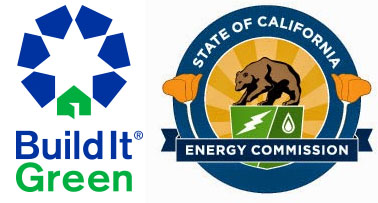
Our goal? To solve challenges to constructing apartment buildings that produce as much energy as they consume.
By Don Knapp
The California Energy Commission (CEC) has awarded Build It Green (BIG) a research grant to overcome key challenges to developing zero net energy (ZNE) multifamily buildings. The goal of the CEC grant is to make ZNE construction technically and economically feasible and to accelerate ZNE’s adoption among multifamily developers.
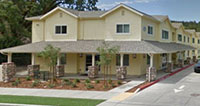
Calistoga Family Apartments
This Corporation for Better Housing (CBH) project provides 48 units of low-rise multifamily farmworker housing in Calistoga. The project incorporates central heat pump technology for space heating and cooling and domestic hot water; onsite chilled and hot water storage for load shifting benefits; and desuperheating technology to optimize the production of hot water and chilled water. Onsite renewable generation is expected to offset 100% of the load. Project research will focus on commissioning to improve performance, evaluating the load shifting benefits of thermal storage, and developing a methodology for accounting for desuperheating benefits in building energy models. Construction is largely complete.
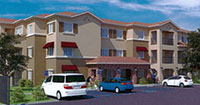
Cloverdale Family Apartments
This CBH project provides 31 units of low-rise multifamily farmworker housing in Cloverdale. Project goals include LEED Platinum certification, Energy Star Indoor Air Plus label, DOE Zero Energy Ready Home, and EPA WaterSense label. The approved permit plan set calls for central heat pump technology for space heating and cooling and domestic hot water. Hot water distribution has been designed to minimize structural plumbing waste. Onsite renewable generation is expected to offset 100% of the load for this all-electric development. Project research will focus on optimizing the mechanical systems, incorporating analysis results from the Calistoga project. This project is in early development.
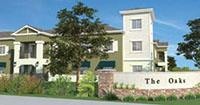
Atascadero Family Apartments
This CBH project provides 59 units of low-rise multifamily farmworker housing in Atascadero. Onsite renewable generation is expected to offset 100% of the load for this all-electric development and is required to provide "off grid" energy storage, which will be achieved via ice tanks and hot water tanks in concert with heat pump water heaters. Project research will focus on optimizing the mechanical systems, evaluating the load shifting benefits of thermal storage coupled with individual unit heat pumps, and evaluating the impacts of individual heat pumps on distribution efficiency. The project is fully funded and in development.
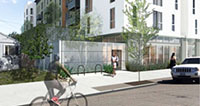
Coliseum Place
This Resources for Community Development project will supply 59 units of high-rise apartment housing (six stories) in East Oakland. Developers have committed to achieving Living Building Challenge (LBC) certification, which requires that 105% of the project’s energy needs be supplied by on-site renewable energy on a net annual basis, without the use of on-site combustion. This project is still at the conceptual design phase so it can incorporate lessons learned from the three CBH projects to optimize mechanical system design. In particular, analysis is expected to address the performance trade-offs between central and individual systems.
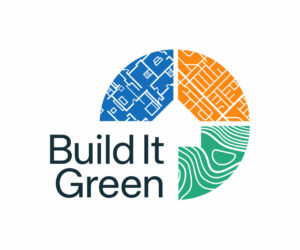

Alex Coba
Communication Associate
As a proud California native from Stockton, Alex brings a wealth of experience and a versatile skill set. He has a solid communication background with a Bachelor of Arts in Journalism and Public Relations from California State University, Chico. Alex is adept at strategic communications and media relations, with experience gathering and sharing stories from his local communities that uplift the unique spirit and values of those places. He is excited to join Build It Green, where he can apply his talents to further BIG’s mission to help communities across California thrive